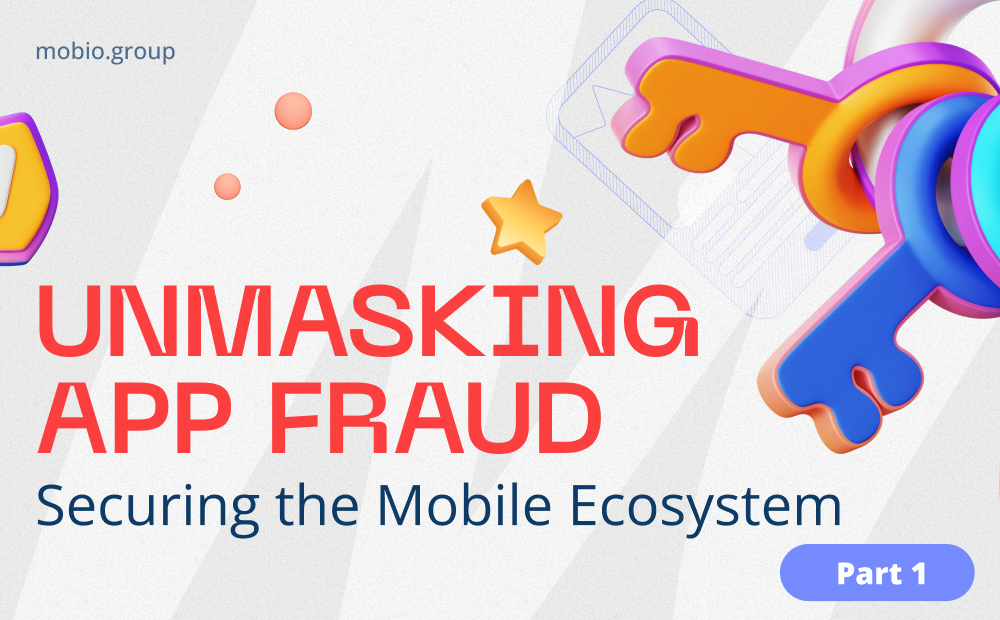Digital marketing offers many opportunities for businesses to grow. Yet, it also has a dark side.
Ad fraud and click spam are significant problems in digital marketing. These issues waste money and damage trust. Ad fraud happens when fake clicks or views are reported, costing companies millions. Click spam involves bots or people clicking ads without real interest.
This skews data and wastes budgets. Understanding these issues is crucial for anyone in digital marketing. Knowing how to detect and prevent them can save resources and improve campaign effectiveness. Let’s explore the dark side of digital marketing and learn how to combat ad fraud and click spam.

Credit: www.cybereason.com
Rising Threat Of Ad Fraud
Ad fraud and click spam pose significant challenges in digital marketing. These deceptive practices drain advertising budgets and reduce campaign effectiveness. Understanding and mitigating these threats is crucial for maintaining ad integrity and maximizing ROI.
The rise of digital marketing has brought about countless opportunities. However, it also comes with its challenges. One of the most pressing issues is the growing threat of ad fraud. This menace is not just a minor inconvenience; it’s a significant problem that can drain your budget and tarnish your marketing efforts.Forms Of Ad Fraud
Ad fraud comes in many shapes and sizes. One common form is click fraud, where fraudulent clicks on ads inflate costs without delivering genuine user engagement. Another is impression fraud, where ads are loaded in hidden or invisible parts of a webpage. Bot traffic is also rampant. These automated programs mimic human behavior, making it hard to distinguish between real and fake interactions. You might think your campaign is successful, but in reality, you’re just wasting money on non-existent users.Impact On Businesses
Ad fraud is not just a financial drain; it impacts your entire marketing strategy. Fake clicks and impressions skew your data, leading to misguided decisions. If you trust this data, you could end up investing in strategies that don’t work. Your brand reputation can also take a hit. Imagine explaining to stakeholders why the impressive numbers you reported last quarter were based on fraudulent activity. It undermines trust and can damage your professional credibility. Lastly, small businesses are particularly vulnerable. With limited budgets, the costs of ad fraud can be crippling. Every dollar counts, and losing a significant chunk to fraud can mean the difference between success and failure. So, how do you protect your business? Start by using reliable ad verification tools. These tools help detect and filter out fraudulent activity. Regularly monitor your campaigns and look for irregular patterns. Don’t rely solely on metrics that can be easily manipulated, like click-through rates. Have you experienced ad fraud in your campaigns? What steps are you taking to combat it? Share your insights and let’s learn from each other.
Credit: www.breachrx.com
Understanding Click Spam
Click spam is a significant issue in digital marketing. It can drain advertising budgets and distort campaign metrics. Understanding click spam helps marketers take steps to protect their campaigns and investments.
How Click Spam Works
Click spam occurs when fraudulent clicks are made on online ads. These clicks can come from bots, automated programs, or even hired individuals. The goal is to create fake engagement and inflate click numbers.
Fraudsters can use various methods to generate these clicks. One common method is through click farms. These are groups of people paid to click on ads. Another method involves bots. These are automated scripts that mimic human behavior. Both methods result in false data and wasted ad spend.
Detecting Click Spam
Detecting click spam is crucial for maintaining the integrity of marketing campaigns. One way to identify click spam is by analyzing traffic patterns. Unusual spikes in clicks or high bounce rates can be red flags. Another method is to look at the geographic location of clicks. If most clicks come from regions not targeted by your campaign, it could indicate click spam.
Marketers can also use specialized tools to detect click spam. These tools analyze user behavior and identify suspicious patterns. They help in filtering out fraudulent clicks and ensuring that the marketing budget is spent wisely.
Mitigation Strategies
Mitigating ad fraud and click spam is crucial in digital marketing. These malicious activities can drain budgets and skew campaign results. Here, we explore effective mitigation strategies.
Advanced Analytics Tools
Advanced analytics tools play a key role. They help identify unusual patterns. These tools can spot irregular click rates. They also track user behavior in detail. This data helps differentiate between real and fake interactions.
Implementing such tools offers deeper insights. Marketers can then make informed decisions. It ensures the integrity of marketing efforts.
Collaborative Efforts
Collaborative efforts are also vital. Working with industry peers can provide broader perspectives. Sharing information about threats helps everyone. It builds a stronger defense against fraudsters.
Forming alliances with trusted partners is beneficial. This collective approach strengthens the fight against ad fraud. It creates a safer digital marketing environment.
“`
Credit: mobiogroup.com
Future Of Digital Marketing
The future of digital marketing holds many exciting possibilities. But it also has challenges. One significant issue is ad fraud and click spam. These problems can cost businesses millions each year. Understanding how to tackle them is crucial for success.
Innovative Solutions
New technologies are helping to fight ad fraud. Artificial intelligence can detect unusual patterns. These patterns often point to fraudulent clicks. Machine learning improves this process over time. Blockchain technology adds another layer of security. It creates transparent and tamper-proof records. This makes it harder for fraudsters to manipulate data.
Industry Regulations
Stricter regulations can also help reduce ad fraud. Many countries are introducing new laws. These laws aim to protect advertisers and consumers. Compliance with these regulations is essential. Non-compliance can lead to hefty fines and damage to reputation. Industry standards are also evolving. Organizations are working together to create best practices. This collective effort can help make digital marketing safer for everyone.
Conclusion
Combating ad fraud and click spam is crucial for digital marketing success. Protect your budget by using reliable tools. Monitor your campaigns regularly. Stay updated with the latest security trends. Educate your team on potential threats. Implement strict verification processes.
Foster transparency with ad networks. By taking these steps, you can safeguard your marketing efforts. Achieve better returns and build trust with your audience. Remember, vigilance is key in this ever-evolving landscape. Stay proactive, stay protected.
